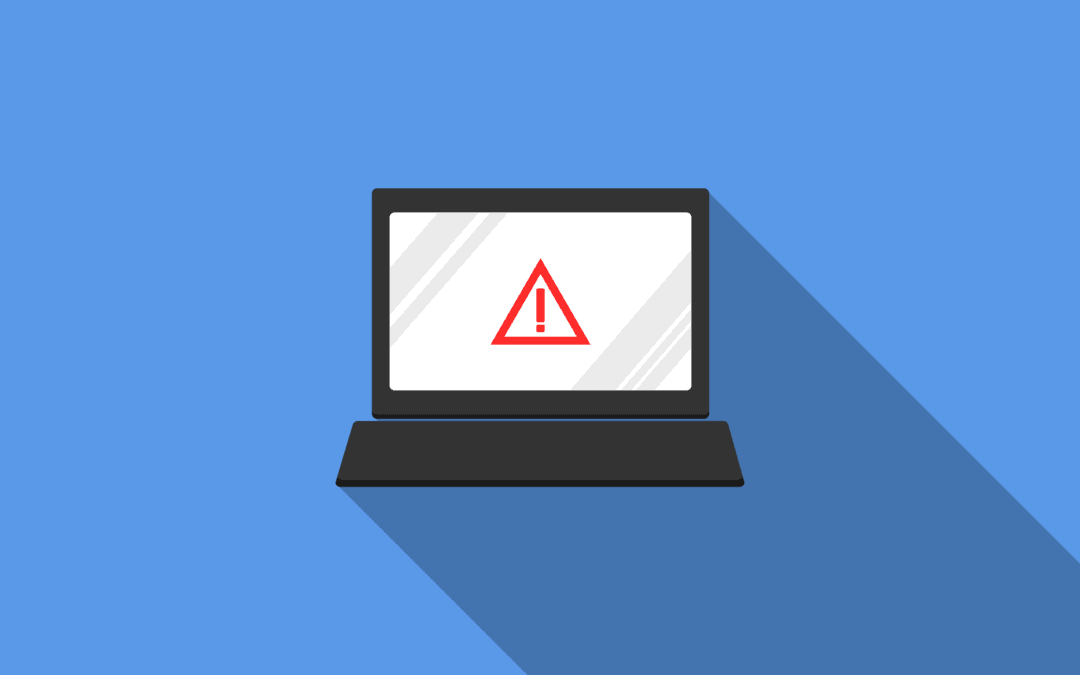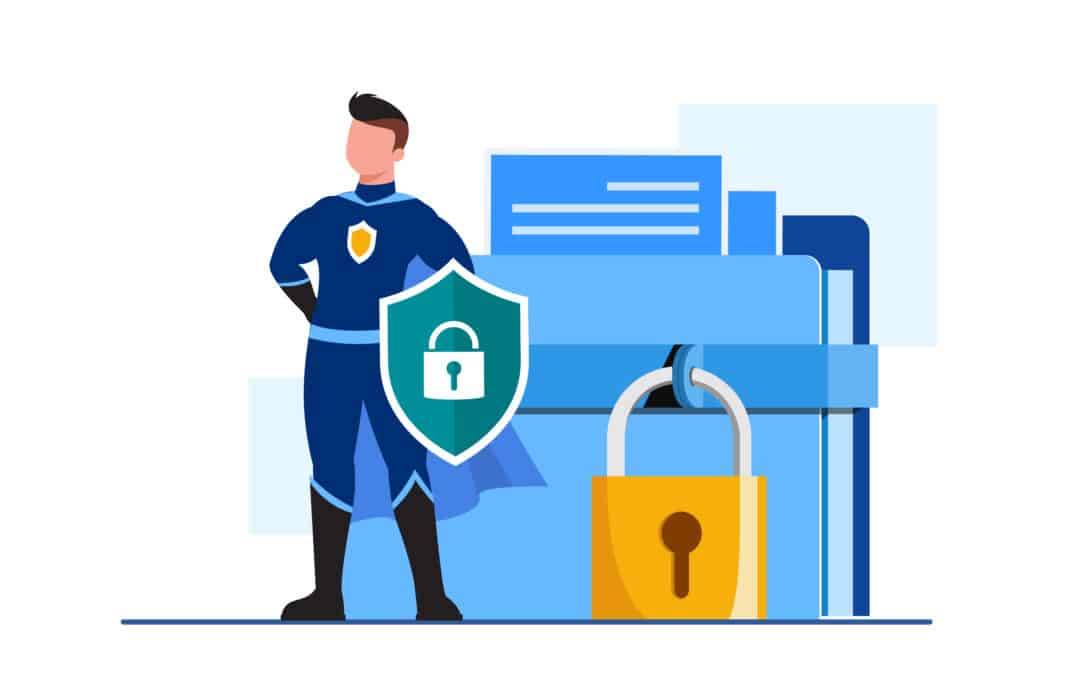Does your company consistently and quickly install every software patch released? While this may seem tedious, it’s imperative for effective business cyber security.
Bad actors have developed significant expertise in probing and scanning systems for vulnerabilities. Unpatched software provides inroads for these criminals. Once they’re in, they can create immense chaos and compromise business operations.
It’s critical for all enterprises to understand how to optimize their cybersecurity strategy. Keep reading to learn more about the importance of maintaining up-to-date software patches.
Current Threats to Companies
Attackers know that many IT departments have trouble keeping up with patch releases. They conduct ongoing scans searching for weaknesses. Once found, exploiting unpatched software can provide easy access to your network.
Hackers routinely exploit Common Vulnerabilities and Exposures (CVEs). The number of malicious attacks has only grown in recent years. Criminals keep breaching publicly known and sometimes unknown flaws.
They use these gaps to attack targets in both the public and private sectors. A key piece of protection comes from instituting a centralized patch management system.
The Cybersecurity and Infrastructure Security Agency (CISA) has identified a list of the Top 30 vulnerabilities being exploited thus far in 2021. The following provides examples of top CVEs in 2021 that need prioritized patching.
Microsoft Exchange
A security firm identified Microsoft Exchange vulnerabilities in March 2021. The weakness let cybercriminals install web shells and gain full access to email. This allowed them to exfiltrate data.
The four Microsoft CVEs are identified as:
- CVE-2021-26855
- CVE-2021-26857
- CVE-2021-26858
- CVE-2021-27065
The hackers gained access via the first CVE. They were then able to begin code execution with the last three. At the beginning of the attack, at least 120,000 U.S. companies were affected.
By the end of March 2021, only 45 percent of the vulnerable system were patched.
Microsoft identified the hacking group as HAFNIUM. This is a Chinese state-sponsored group. The breach affected small businesses, corporations, and government organizations globally.
In April, The National Institute of Standards and Technology (NIST) identified more CVEs. These include CVE-2021-28480, CVE-2021-28481, CVE-2021-28482, CVE-2021-28483. All companies must ensure to install all current patches as they’re released.
Pulse Secure
Cyber attackers exploited companies using Pulse Connect Secure (PCS) products in March 2021. The facilities reported malicious activity after using the Pulse Secure Connect Integrity Tool.
The hackers gained access via CVE-2019-11510, CVE-2020-8260, CVE-2020-8243. They also exploited the newly discovered CVE-2021-22893.
These bad players placed web shells on the PCS appliance. This gave them more access to many functions.
Examples include authentication and multi-factor authentication bypass, and password logs. PCS released patches to repair the weaknesses.
Accellion
In February 2021, CISA and other global authorities identified yet another cyber-attack. This involved Accellion File Transfer Appliance (FTA) users.
Mitigation recommendations included updating to Accellion FTA version 9.12.416 or later. They also released patches to reduce risk.
These examples serve to emphasize the importance of discovery and remediation. The Federal Bureau of Investigation (FBI) and CISA continuously monitor for attacks that affect the public and private sectors. But, they can’t be everywhere at once.
Thus, businesses must conduct their own security risk assessments as well. They need to immediately report all flaws when found to IT and leadership teams. Also, you must ensure that all patches received from vendors are promptly installed.
Detailed Guide to Business Cyber Security
Effective cybersecurity plans contain detailed, yet flexible plans to meet the ever-changing threat landscape. It’s important to understand the nature of a zero-day attack. This describes a flaw in software or firmware that is exploited before it is publicly known as a flaw.
After the attacks, users discover it when data theft or malware like ransomware becomes evident. At that point, the vendor develops a patch to try and stop the “cyber-bleeding”. Unfortunately, these attacks may go undetected for months or even years. This is why breach monitoring services are a critical part of a defense-in-depth security strategy.
Experts predict more scanning activity as hackers work through lists of high-impact targets. Criminals are now focusing on unsecured, internet-facing infrastructure
Unpatched servers can allow access to victim identities or credentials. This type of risk is compounded when remote access methods like Remote Desktop Protocol (RDP) are enabled.
Firewalls and endpoint security solutions alone are no longer enough to fully protect your network and data.
Install a Robust Business Cyber Security Plan
Many small and medium businesses (SMBs) lack effective cybersecurity management plans. In May 2021, CISA provided a list of security best practices. This Executive Order on Improving the Nation’s Cybersecurity recommended the following actions:
- Collaborate with system owners to ensure remediation of all weaknesses.
- Ensure vulnerability scans take place at least weekly and examine results and remediation guidance.
- Generate and update an asset inventory of your internet-accessible IPs.
- Inform your scanning service of all new IPs or removal of IPs from your inventory.
CISA suggests adhering to a timeline of correcting critical (CVSS score of 9.0 or greater) flaws within 15 calendar days of detection. When a high risk (CVSS 7.0-9.0) is found, remediate within 30 calendar days.
When companies can’t correct issues in these time frames, they need to create a plan to address residual risk. This plan usually involves limiting network access to vulnerable systems. This is why an asset inventory is so critical – you must be able to quickly and easily identify a vulnerable system and develop a remediation strategy.
Establish Software Patch Update Schedule
One study reported that 40 percent of IT staff said a breach resulted from unpatched systems. Another 43 percent admitted knowing about a weakness that wasn’t patched.
Over half of those surveyed didn’t know which gaps posed the greatest risk. During the six-month study, the average backlog of known issues was 57,555. Also, 42 percent of the companies used old software that no longer had patches available.
These statistics emphasize the importance of developing a robust patching protocol. So, what does this entail?
Develop Effective Patch Management
The process of patch management involves rapid distribution and application of patches. These must be installed on all applicable systems.
As soon as the software vendor identifies a problem, they create and issue the patch. This may correct a functional bug or a security gap. Types of patch releases include service packs, hotfixes, and security enhancements.
Another reason for establishing these protocols is to meet security and compliance rules. Many industries are subject to CMMC, HIPAA, NIST 800-171, GDPR, and more. Failure to comply risks fines and shutdowns by regulators, not to mention the negative impact to your public reputation.
After discussing the many risks of failing to keep patches updated, it’s time to discuss the benefits. Enhanced security reduces the chance of breaches and gives you peace of mind.
It optimizes workflow by avoiding system downtime due to functional bugs or cyber attacks. You will also avoid the consequences of not meeting regulatory criteria.
Risk Assessment of Cybersecurity for Small Businesses
No business is too small for cyber threats. Thus, it’s key for all companies today to conduct risk assessments. This serves to protect you from small to catastrophic attacks such as ransomware.
All internet-connected networks risk internet-facing vulnerabilities. The most targeted areas include VPNs, cloud-based technologies, and remote workers. During 2020, many systems were not patched due to an almost-overnight shift to a remote working environment.
As remote workers increased, companies faced challenges in keeping up with patch management. Thus, risks became more prevalent.
You need to conduct a thorough assessment of your staff, policies, procedures, and IT infrastructure. Look for any potential security gaps. Then create specific steps to close those gaps and protect your data.
The NIST Cyber Security Framework offers a nationally recognized framework that can apply to any industry. You can use this as a guide to assess your security controls and establish a good security baseline.
Consider Getting Business Cyber Security Advice
Security and compliance advisors work with businesses to enhance their security posture. Cybersecurity is a complicated and moving target. These experts understand that it’s difficult for companies to keep pace.
Their goal is to aid clients in understanding risk and achieving compliance with regulations. They speak the language and focus on ever-evolving threats. This means you can focus on your business while they help you maintain a secure environment.
They will identify weaknesses in your program and develop a remediation plan. Simply having the recommended technology often isn’t enough. Your company must learn about asset identification and security risks and protection.
Cybersecurity policies and procedures must define the steps taken to protect your data. These experts can provide the training and guidance needed to enact these plans.
It’s vital to be proactive when it comes to cybersecurity. It’s safer to spend time and money upfront rather than face the consequences of a breach or ransomware attack.
Do You Need Help with Business Cyber Security?
Does your business need help to develop cyber security plan? Ihloom is ready to partner with you to ensure compliance and security. Our mission involves providing these services in the simplest and most cost-effective way.
We help small and medium-sized businesses protect their IT systems. Our teams respond immediately to emerging cybersecurity threats.
Ihloom Cybersecurity’s teams excel in identifying critical security gaps and deploying effective actions to keep you secure and compliant.
Get in touch today to learn more about our services.











0 Comments